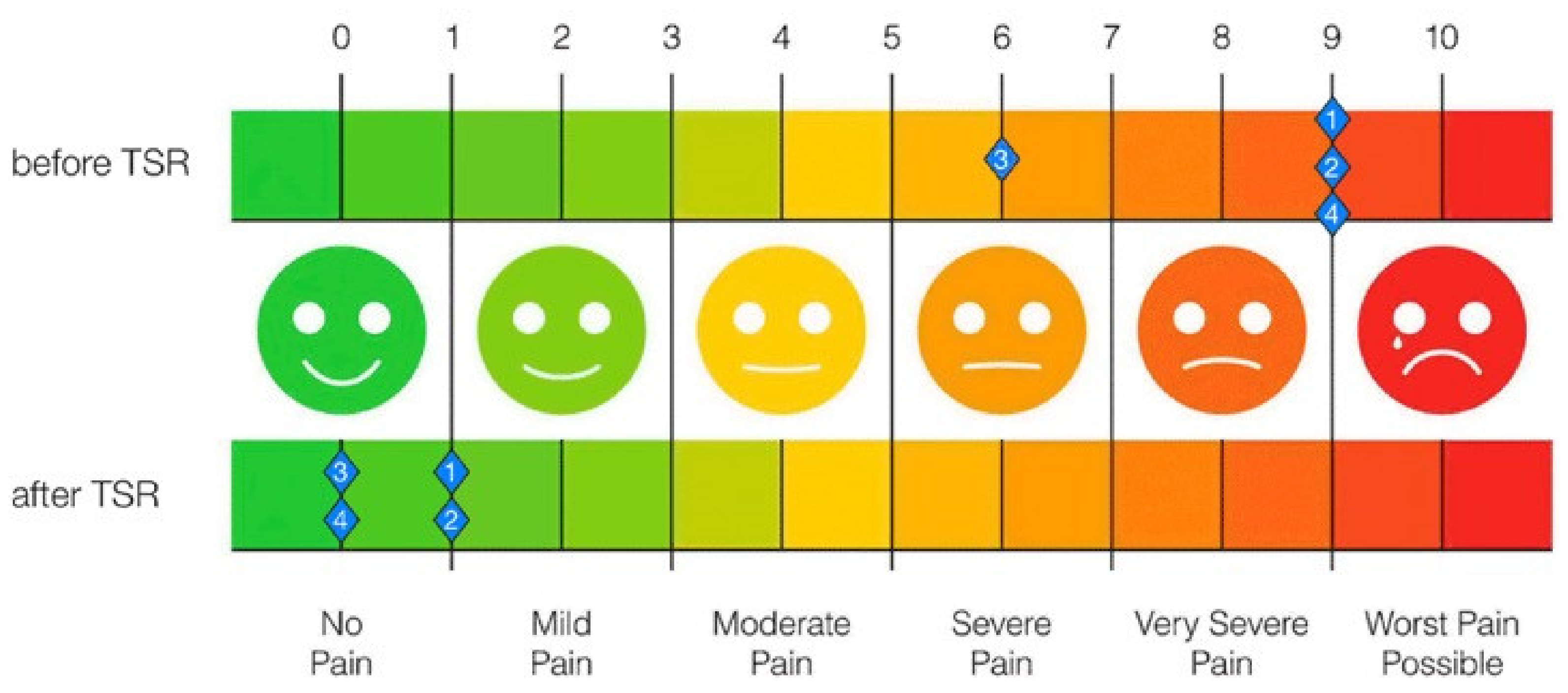
Patients with shorter life expectancy may be more appropriate for less expensive procedures (eg, intercostal nerve block). Accounting for diseaserelated survival is crucial in deciding if a patient is a suitable candidate for a particular procedure. Patients with pain refractory to medical management or with intolerable side effects to systemic pain medications should be considered for interventional procedures.

Patient selection is important in determining who should pursue interventional techniques for pain management. Patient Selection for Interventional Techniques However, transdermal opioids require a long lag period for dose stabilization and elimination. 7,13 Transdermal opioids are safe, effective, and produce significantly fewer side effects than oral medications when used for moderate-to-severe cancer pain. 11,12 The third step includes stronger opioids, such as morphine, hydromorphone, oxymorphone, fentanyl, and methadone for severe pain.

The second step of the analgesic ladder includes using weaker opioids, such as codeine, tramadol, hydrocodone, and oxycodone for mild to moderate pain. 7,9,10 Baclofen and benzodiazepines can help treat pain associated with spasticity. 7 Bisphosphonates and monoclonal antibodies (ie, denosumab) may improve pain in patients with bony metastases or may delay worsening of pain control. Adjuvant medications, such as antidepressants (eg, nortriptyline and duloxetine) and anticonvulsants (eg, gabapentin and pregabalin) are also used to treat neuropathic cancer pain. 7,8 Commonly used medications to treat nociceptive and inflammatory causes of cancer pain include nonsteroidal anti-inflammatory drugs, acetaminophen, and corticosteroids. 8 The first step of the WHO ladder includes nonopioid analgesics and adjuvant medications, which are often used in combination. 3 Studies have shown that application of the 3-step approach to administering an appropriate drug at the right dose at the right time is inexpensive and 80% to 90% effective. In 1986, the WHO first introduced an analgesic ladder as a pharmacologic algorithm for addressing the management of malignancy-related pain. 2,6 Although most patients with cancer receive multimodal treatment, understanding the different causes of malignancy-related pain can guide targeted pharmacologic and interventional treatments.
PHANTOM PAIN MANAGEMENT ALGORITHM SKIN
The presence of the tumor itself can cause pain in 4 different ways: (1) nociceptive pain, caused by direct activation of nociceptors (eg, stretched skin or bone), (2) inflammatory pain, caused by release of chemical modulators (ie, growth factor, bradykinin-1, substance P) in response to tissue damage and inflammation resulting in increased nociceptor sensitivity, (3) neuropathic pain, caused by injury of peripheral or central nerves by direct tumor infiltrative etiology or damage by chemotherapy, and (4) functional pain, caused by a derangement in central processing of pain (Table).

In this article, we introduce the reader to various causes of cancer pain, discuss pharmacologic management, and focus on interventional techniques for patients suffering from intractable pain secondary to cancer. 6 However, when patients develop tolerance or side effects to analgesics, interventional pain techniques can better manage a patient’s pain and improve the patient’s quality of life. 2 According to the World Health Organization (WHO) analgesic ladder, pharmacologic management is the mainstay for malignancy-related pain. 5 Often radiotherapy, chemotherapy, targeted therapy, and surgery are all used to treat and palliate cancers. In advanced stages of cancer, tumors are often incurable and treatment is targeted to controlling pain symptoms and improving a patient’s quality of life. 2,3 Despite advances in pain management and palliative care, intractable cancer pain remains a significant clinical, social, and financial burden in treating the oncologic population.

1 In patients with advanced cancer, pain is the most commonly reported symptom, with a prevalence of 60% to 70%, and unrelieved pain is the most feared symptom in 70% to 80% of these patients. In the United States in 2010, it was estimated that there were more than 1.5 million new cancer cases and 569,490 deaths from cancer.


 0 kommentar(er)
0 kommentar(er)
